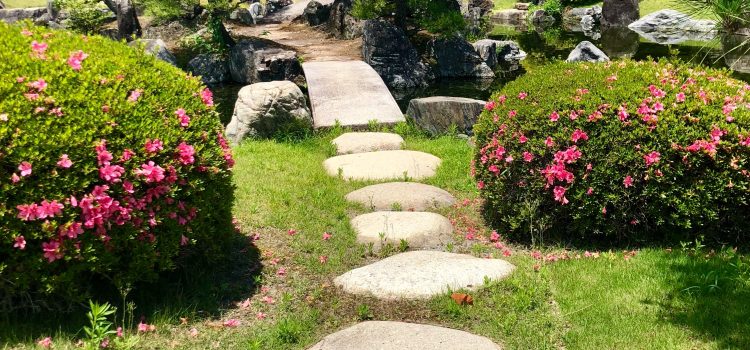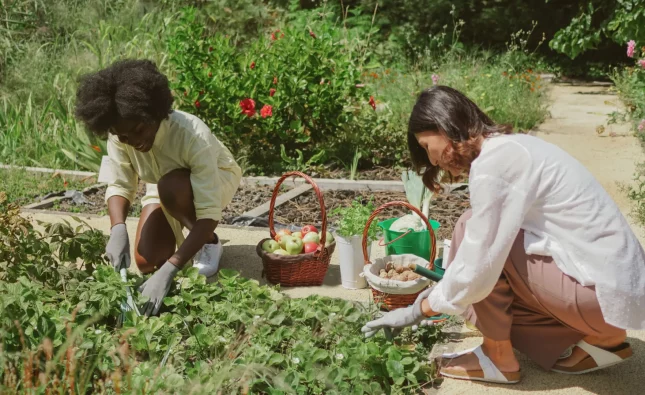
Gardening is a wonderful way to connect with nature and create a beautiful outdoor space. However, traditional gardening practices can be harmful to the environment. Chemical fertilizers, pesticides, and herbicides can pollute the soil and water, harm beneficial insects and wildlife, and even pose health risks to humans. Fortunately, there are many ways to create an eco-friendly garden that is both beautiful and sustainable. In this article, we will explore how to create an eco-friendly garden with perennial plants and flowers.
What are Perennial Plants?
Perennial plants are plants that live for more than two years. Unlike annual plants, which complete their life cycle in one growing season, perennial plants come back year after year. Perennial plants are a great choice for an eco-friendly garden because they require less maintenance than annuals and can provide habitat for beneficial insects and wildlife.
Choosing Perennial Plants for Your Eco-Friendly Garden
When choosing perennial plants for your eco-friendly garden, it is important to consider the climate and soil conditions in your area. Native plants are a great choice because they are adapted to the local climate and soil conditions. They also provide habitat for local wildlife and can help to preserve biodiversity.
Some popular perennial plants for eco-friendly gardens include:
– Coneflowers (Echinacea)
– Black-eyed Susans (Rudbeckia)
– Butterfly Weed (Asclepias)
– Bee Balm (Monarda)
– Goldenrod (Solidago)
– Joe-Pye Weed (Eupatorium)
– Sedum
– Hostas
Creating a Sustainable Garden Design
In addition to choosing the right plants, creating a sustainable garden design is important for an eco-friendly garden. Here are some tips for creating a sustainable garden design:
– Use organic soil amendments and fertilizers. Chemical fertilizers can pollute the soil and water, harm beneficial insects and wildlife, and even pose health risks to humans. Organic soil amendments and fertilizers are made from natural materials and are safer for the environment.
– Use mulch to conserve water and suppress weeds. Mulch helps to retain moisture in the soil, which reduces the need for watering. It also helps to suppress weeds, which reduces the need for herbicides.
– Use rain barrels to collect rainwater. Rainwater is free and can be used to water your garden. Using rain barrels also helps to reduce stormwater runoff, which can pollute waterways.
– Plant in layers. Planting in layers, with tall plants in the back and shorter plants in the front, creates a more natural look and provides habitat for wildlife.
– Provide habitat for beneficial insects and wildlife. Beneficial insects, such as bees and butterflies, are important for pollination. Wildlife, such as birds and frogs, can help to control pests. Providing habitat for these creatures can help to create a more balanced ecosystem in your garden.
Conclusion
Creating an eco-friendly garden with perennial plants and flowers is a great way to connect with nature and create a beautiful outdoor space. By choosing the right plants, creating a sustainable garden design, and providing habitat for beneficial insects and wildlife, you can create a garden that is both beautiful and sustainable. So why not start planning your eco-friendly garden today?










